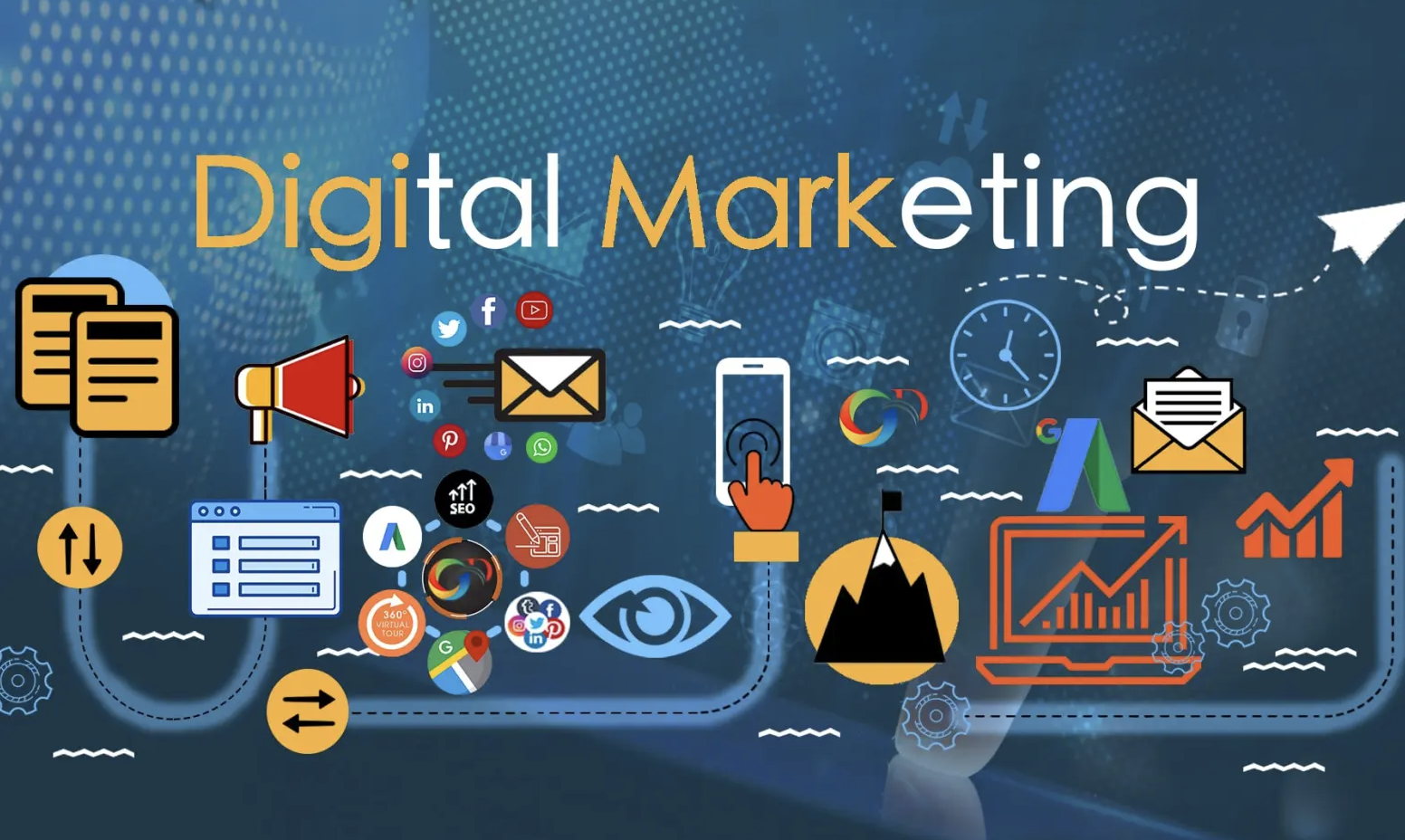In the fast-evolving digital landscape, capturing leads is the cornerstone of building a thriving online business. Whether you’re offering Digital Marketing Courses in Pune or running an eCommerce store, converting website visitors into leads is essential. But what separates high-converting lead magnets from those that fail to deliver results? It’s not just about giving away something for free — it’s about offering high-value, highly relevant content that solves a real problem for your audience.
In this comprehensive guide, we’ll walk you through the essential steps to create a lead magnet that doesn’t just sit idle on your website but actually brings in qualified leads, builds trust, and increases sales.
What is a Lead Magnet?
A lead magnet is an incentive that marketers offer to potential buyers in exchange for their contact information, typically an email address. It could be a free eBook, webinar, checklist, template, or a discount code. The goal of a lead magnet is to provide value upfront and entice the user to engage further with your brand.
But here’s the catch — not all lead magnets are created equal. If it doesn’t offer real value or doesn’t resonate with your target audience, it won’t convert.
Step 1: Understand Your Target Audience
Before you create anything, you need to deeply understand your audience. A successful lead magnet directly addresses a pain point or challenge that your potential customers are experiencing.
How to Get This Right:
- Conduct surveys or polls to learn what your audience truly wants.
- Use analytics tools (like Google Analytics or Hotjar) to observe user behavior on your site.
- Check forums and social media groups to identify common questions and struggles within your niche.
Pro Tip:
Use buyer personas to personalize your lead magnets. The more relevant your offer is, the higher your chances of conversions.
Step 2: Offer Real Value
Gone are the days when a generic PDF or checklist could convert leads. Users today are overwhelmed with information and more selective about giving away their email addresses.
Lead Magnet Ideas That Convert:
- Free eBooks/Guides: Detailed guides that solve a specific problem.
- Checklists: Actionable steps to complete a task.
- Templates: Ready-to-use tools like spreadsheets, email scripts, or calendars.
- Free Courses: A mini-course that provides real educational value.
- Quizzes: Engaging, personalized quizzes that lead to valuable insights or results.
- Webinars: Live or recorded sessions with expert advice.
Make sure your lead magnet solves one specific problem and delivers on its promise.
Step 3: Choose the Right Format
The format of your lead magnet should align with the preferences of your audience and the complexity of the problem you’re solving.
For example:
- If you’re targeting busy professionals, opt for short and actionable PDFs or templates.
- If your audience enjoys in-depth learning, consider webinars or mini-courses.
Don’t overwhelm your users with information. The goal is to give them quick wins.
Step 4: Create an Irresistible Title
Your lead magnet’s title is the first thing people will see. If it doesn’t grab attention and convey value, they won’t click.
Effective Lead Magnet Titles:
- “The Ultimate Checklist for Launching Your First Facebook Ad”
- “5 Proven Steps to Rank Your Website on Google”
- “Download Our Free Instagram Growth Calendar (30-Day Plan)”
Use action-oriented language, include a benefit, and if possible, a number to increase credibility.
Step 5: Design Matters
A lead magnet should look professional and polished. While the content is king, visual appeal builds trust and credibility.
Design Tips:
- Use brand colors and fonts for consistency.
- Keep layouts clean and uncluttered.
- Use visual elements like icons, illustrations, and graphs.
- Tools like Canva, Adobe Express, or Figma can help you design a beautiful lead magnet without hiring a designer.
Step 6: Create a High-Converting Landing Page
Even the most valuable lead magnet won’t work if your landing page doesn’t convert. The purpose of this page is to get visitors to take action—enter their email in exchange for your lead magnet.
Elements of a Winning Landing Page:
- Compelling headline: Focus on the benefit, not just the offer.
- Short description: Explain how it solves the user’s problem.
- Visuals of the lead magnet: Mockups or screenshots increase credibility.
- Strong CTA (Call to Action): Clear and action-oriented.
- Minimal distractions: Remove navigation and outbound links.
Step 7: Optimize Your Lead Magnet with SEO
Yes, lead magnets can benefit from SEO — especially the landing page and any blog post driving traffic to it.
SEO Best Practices:
- Use relevant keywords in your title, meta description, and URL.
- Include alt-text for images.
- Embed the lead magnet in high-traffic blog posts.
- Promote it through internal links and guest posts.
The more visibility you get, the higher your chance of capturing leads.
Step 8: Promote Across Multiple Channels
You’ve built a fantastic lead magnet — now what? Promote it through every possible channel to maximize visibility.
Promotion Channels:
- Email Marketing: Send it to your current subscribers and encourage them to share.
- Social Media: Create engaging posts, stories, and reels.
- Paid Ads: Run targeted Facebook, Instagram, or Google Ads.
- Blog Posts: Write relevant content and embed the lead magnet.
- YouTube Videos: Add links in descriptions and comments.
Your promotion strategy should align with where your audience spends time online.
Step 9: Test, Tweak, and Improve
No matter how great your lead magnet is, there’s always room for improvement. Monitor how your audience is interacting with it and adjust accordingly.
Key Metrics to Track:
- Conversion Rate: Percentage of visitors who become leads.
- Bounce Rate: Are people leaving without taking action?
- Download Rate: How many times your lead magnet is accessed.
- Engagement Metrics: If it’s a webinar or quiz, are users completing it?
Use A/B testing to try different headlines, CTAs, or formats to see what resonates best.
Step 10: Nurture the Leads
Once someone downloads your lead magnet, the journey has just begun. Without nurturing, your hard-earned leads may never convert into paying customers.
Nurturing Strategies:
- Automated Email Series: Share valuable content and build a relationship.
- Exclusive Offers: Provide limited-time deals or early access.
- Retargeting Ads: Stay on top of their mind with relevant offers.
- Follow-Up Surveys: Learn more about their needs to refine your strategy.
Common Mistakes to Avoid
- Too Generic: If your offer tries to appeal to everyone, it ends up helping no one.
- Poor Design: A sloppy-looking lead magnet hurts credibility.
- No Clear CTA: Users need a clear next step.
- No Follow-Up Strategy: Without nurturing, leads will go cold.
- Too Complicated: Don’t ask for too much information upfront.
Conclusion
Creating a lead magnet that converts isn’t about tricks or gimmicks — it’s about understanding your audience, offering real value, and executing your strategy with precision. When done right, a lead magnet becomes a powerful engine that continuously drives new leads into your sales funnel.
Whether you’re a coach, consultant, or offering digital marketing courses in Pune, your ability to attract and convert leads can significantly impact your business growth. Think of your lead magnet as the first handshake with your potential customer — make it count.
So if you’re building your funnel or optimizing your existing one, don’t overlook this critical piece. Use this guide to create a lead magnet that not only grabs attention but builds trust and drives revenue. And if you’re looking to gain the skills to create winning digital strategies, joining a digital marketing institute in Pune can be a game-changing step forward.

